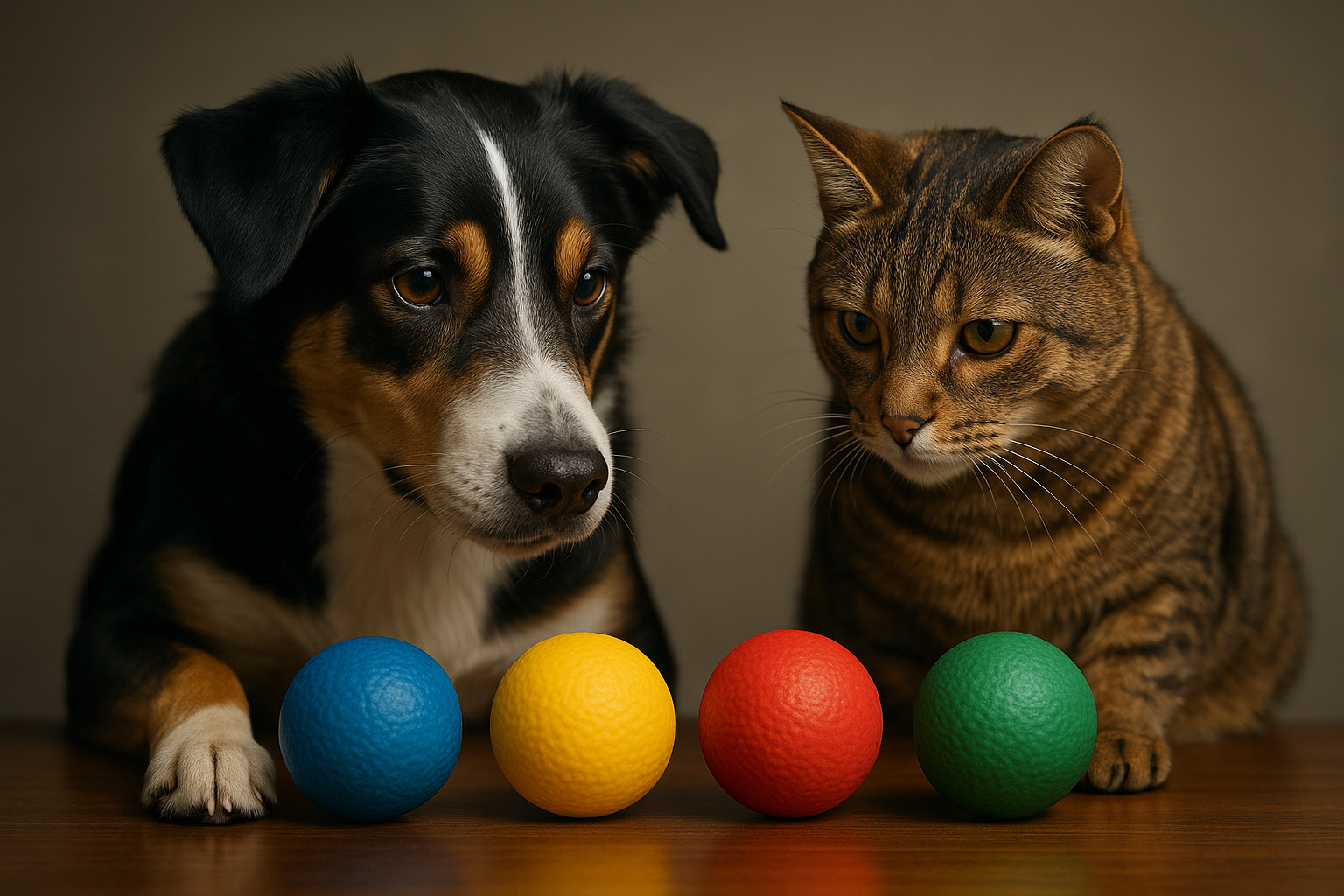The Fascinating World of Color Perception in Pets
Delving into the realm of pet perception, we explore a captivating subject: color vision in animals. Ever wondered how your pet perceives the world around them? Does your dog see the world in black and white or in vivid color? Let’s embark on a journey into the fascinating world of color perception in pets, which is far more complex than we might imagine.

Unraveling the Mystery: Pets and Color Perception
Traditionally, it was widely believed that pets, particularly dogs, perceive the world in monochrome. However, recent scientific studies have debunked this myth, revealing that pets do see colors, albeit differently than humans. Dogs, for instance, have dichromatic vision, meaning they perceive the world in a spectrum of blues and yellows, but cannot distinguish reds and greens.
How Pets’ Vision Differs from Humans’
Unlike humans who have three types of color receptors in their eyes, most mammals, including dogs and cats, have only two. This disparity results in a significantly different color perception. While humans can see a full spectrum of colors, pets like dogs and cats perceive the world in a more muted palette, with blues and yellows being prominent.
The Evolutionary Reason Behind Pets’ Color Vision
The dichromatic vision in pets is believed to be an evolutionary adaptation. In the wild, the ability to perceive movement and contrast was more crucial for survival than color perception. Thus, most mammals evolved with a vision focused on detecting movement and differentiating shades of gray, enabling them to hunt effectively even in low light conditions.
The Impact of Pets’ Color Perception on Their Behavior
Understanding that pets see the world differently can help us make their environment more comfortable and stimulating. For instance, using blue and yellow toys for dogs can make playtime more enjoyable for them, as these colors are more noticeable to their vision. Similarly, using color contrasts in pet environments can make navigation easier for them, enhancing their overall quality of life.
The Future of Research in Pets’ Color Perception
Today, the study of color perception in pets is a growing field, with scientists constantly discovering new insights. Recent research has suggested that certain animals, like some species of birds and reptiles, may even perceive a wider range of colors than humans. As science continues to unravel the mysteries of pet perception, we can look forward to even more fascinating revelations in the future.
The understanding of color perception in pets not only enhances our knowledge about these beloved creatures but also helps us in providing better care and enriching their lives. Amid the rapid advancements in veterinary science, the exploration of pets’ sensory perception constitutes an exciting frontier, promising to offer intriguing insights into the world as seen through the eyes of our furry friends.






